Baking cookies should be a sweet and simple experience, but nothing ruins the fun like flat, lifeless Cool Whip cookies. You expect soft, chewy treats but end up with thin, spread-out discs instead. Why does this happen, and how can you fix it? In this article, we’ll explore the most common reasons why your Cool Whip cookies turn out flat, how to prevent this from happening, and the best tips for baking perfect cookies every time. Let’s dive in!
Introduction
Origin of Cool Whip Cookies
Cool Whip cookies have become a beloved treat thanks to their simplicity and deliciously soft texture. The original recipe gained popularity due to its minimal ingredients—just cake mix, Cool Whip, and eggs. Bakers fell in love with how quick and easy these cookies are to make, making them a staple for holidays, parties, and last-minute desserts. Despite their simplicity, many still find themselves asking, “Why did my Cool Whip cookies turn out flat?”
Why Cool Whip Cookies Turn Out Flat
The secret to perfect Cool Whip cookies lies in precise baking techniques. Flat cookies can result from common mistakes like using melted butter, measuring ingredients inaccurately, or skipping the chilling step. Baking is a science where even minor errors can change the outcome.
In this guide, we’ll uncover the key reasons why your Cool Whip cookies turn out flat, explain how to fix these issues, and share expert tips for thick, chewy cookies. Let’s explore how to turn baking failures into sweet success! 🍪
Common Reasons for Flat Cool Whip Cookies
Using Melted Butter Instead of Softened Butter
Butter is a baking superhero, but only when used correctly. Melted butter can cause your cookies to spread too much because it liquefies the dough before baking even begins. Use softened butter at room temperature instead—soft enough to press with a finger but not runny. If you’re in a rush, soften butter using short microwave bursts, but be cautious not to melt it entirely.
Incorrect Flour Measurement
Measuring flour the right way can make or break your cookie game. Too little flour leads to runny dough that spreads out in the oven. Always use the “spoon and level” method: spoon the flour into the measuring cup and level it off with a knife. Avoid scooping flour directly from the bag, which packs too much into the cup.
Baking on Hot Cookie Sheets
Reusing a hot baking sheet without cooling it down first is a recipe for disaster. When dough hits a warm surface, it starts melting immediately, causing flat cookies. Always cool your sheets between batches or have multiple sheets on hand. If you’re in a hurry, run hot sheets under cool water and dry them thoroughly.
Skipping the Dough Chilling Step
Some cookie recipes require dough chilling, and skipping this step can result in excessive spreading. Chilling firms up the dough, helping cookies hold their shape during baking. If your recipe mentions chilling, don’t ignore it—even a quick 30-minute chill can make a noticeable difference.
Expired or Inactive Leavening Agents
Leavening agents like baking soda or baking powder are essential for creating cookies with a nice lift. If they’ve gone stale, your cookies will remain flat and dense. Check expiration dates regularly. A quick freshness test: add a spoonful of baking powder to hot water. If it bubbles, it’s still active.
Oven Temperature Issues
Sometimes the oven is the real culprit. If the oven runs too hot, the outside of the cookies cooks too fast while the inside remains underbaked, causing them to collapse. Use an oven thermometer to ensure accuracy, as built-in oven gauges can be unreliable. Lower the temperature slightly if your cookies consistently turn out flat.
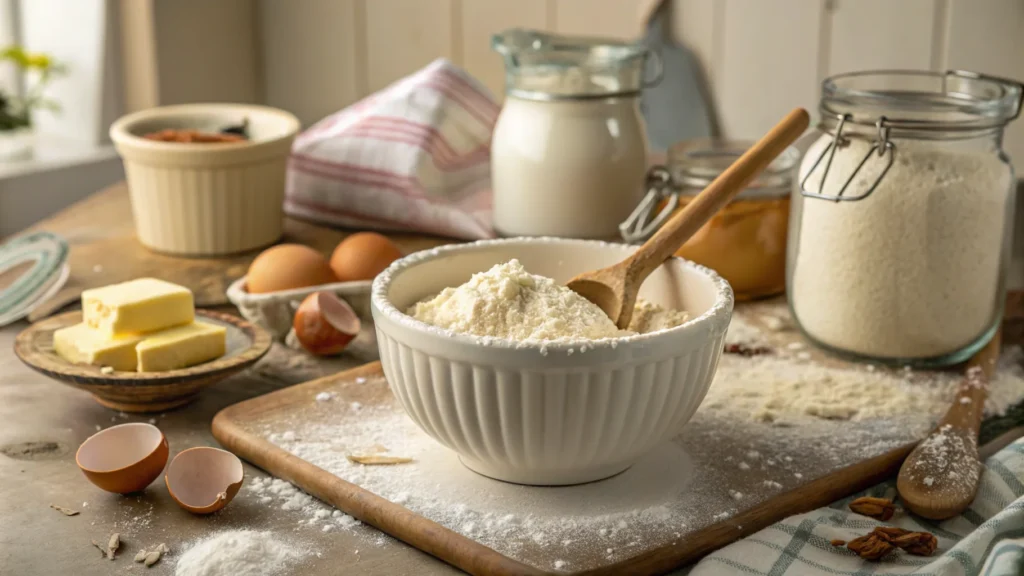
How to Prevent Flat Cool Whip Cookies
Use Room-Temperature Butter Correctly
One of the biggest secrets to perfect cookies is using room-temperature butter. This means the butter should be soft enough to press with your finger but not so warm that it becomes greasy or liquid-like. If you use melted butter, your Cool Whip cookies will spread too much, resulting in flat, uneven cookies.
To speed up the softening process, cut butter into small pieces and leave them out for 15-20 minutes. In a pinch, place the butter between two sheets of wax paper and roll it out with a rolling pin. This flattens the butter quickly, making it soft enough for mixing while still holding its structure.
Measure Ingredients Precisely
When it comes to baking, precise measurements matter. Too much sugar makes cookies spread, while too little flour results in a thin, runny dough. Use the “spoon and level” method for flour and measure sugar accurately. Avoid “eyeballing” ingredients, as small variations can ruin the batch.
For even better accuracy, consider using a digital kitchen scale. Weighing ingredients ensures you follow the recipe exactly, leaving no room for guesswork. Measuring correctly helps prevent the dreaded question, “Why did my Cool Whip cookies turn out flat?”
Use Fresh Leavening Agents
Baking soda and baking powder lose potency over time. If your cookies aren’t rising, your leavening agents might be expired. Replace them every six months to a year to ensure maximum effectiveness.
Test baking soda’s freshness by adding a teaspoon to hot water—if it fizzes vigorously, it’s still good. Similarly, test baking powder by adding it to hot water mixed with vinegar. If you see bubbling, it’s ready for baking.
Bake on Cool Baking Sheets
Never place cookie dough on a hot baking sheet, as it causes premature spreading. The heat melts the butter before the dough has a chance to set, making cookies thin and flat.
Always allow baking sheets to cool between batches. If you have limited sheets, place them in the fridge or run them under cold water to cool quickly. Be sure to dry them thoroughly before use.
Check Your Oven’s Temperature Accuracy
If you follow the recipe precisely but still end up with flat cookies, check your oven’s temperature. Ovens can run hotter or cooler than their settings. Use a reliable oven thermometer to verify the true temperature inside the oven.
For best results, preheat your oven for at least 15 minutes and avoid opening the door too often. This keeps the heat steady, ensuring even baking.
Baking Tips for Perfect Cool Whip Cookies
Importance of Following Recipe Instructions
Every baking recipe is a set of precise instructions based on chemistry. Skipping steps or taking shortcuts can lead to disappointing results. For example, if a recipe calls for chilling the dough, it’s not optional. Cooling firms the dough, making cookies less likely to spread.
Also, pay attention to mixing times. Overmixing can add too much air, causing cookies to puff up and collapse. Under-mixing, on the other hand, leaves uneven ingredients that can cause flat, inconsistent cookies.
Why Cookie Dough Consistency Matters
Dough consistency is key to baking success. If your dough feels too sticky or wet, add a bit more flour, one tablespoon at a time. If it’s too dry, mix in a teaspoon of milk until the texture is just right.
Cookie dough should be slightly sticky but firm enough to hold its shape when scooped onto the baking sheet. If you’ve ever wondered, “Why did my Cool Whip cookies turn out flat?” improper dough consistency could be the reason.
How Baking Time Affects Cookie Texture
Baking time has a huge impact on cookie texture. Underbaked cookies will remain soft and gooey but may fall flat as they cool. Overbaked cookies become dry, crispy, and often flat because they lack moisture.
Check cookies a few minutes before the suggested baking time. If the edges are golden brown but the centers still look slightly underdone, they’re ready. The cookies will continue cooking as they cool on the baking sheet.
FAQs
Why Did My Cool Whip Cookies Turn Out Flat?
The number one question bakers ask is “Why did my Cool Whip cookies turn out flat?” Several reasons could be behind this. The most common ones include using melted butter, measuring ingredients inaccurately, or skipping the dough chilling step. Ensure you follow your recipe closely and double-check measurements for the best results.
Why Are My Cookies Not Spreading?
On the flip side, if your cookies aren’t spreading, the dough might be too cold or contain too much flour. Try letting the dough sit at room temperature for 10 minutes before baking. Additionally, be sure to use softened butter and avoid over-chilling the dough.
Should I Flatten Cookies Before Baking?
This depends on the recipe. If the recipe suggests flattening the dough balls before baking, follow that step. Otherwise, let the oven do the work. Flattening dough too much can cause cookies to spread too thin.
Can Old Baking Soda Cause Flat Cookies?
Absolutely. Expired baking soda loses its effectiveness, causing flat cookies. To avoid this, replace baking soda and baking powder every six months. Test freshness by adding a pinch to vinegar—if it fizzes, it’s still good.
For more delicious cookie recipes, check out:
this Cool Whip Cookie Recipe from PakoRecipes1. 🍪
Troubleshooting Guide for Flat Cookies
What to Do If Cookies Are Still Flat
Despite following the recipe, flat cookies can still happen for various reasons. If you’re wondering “Why did my Cool Whip cookies turn out flat?”, here are some practical fixes:
- Check Your Oven’s Temperature:
Sometimes, the issue lies in your oven’s temperature. Use an oven thermometer to check if your oven is running hot or cold. If the temperature is off, adjust it accordingly to ensure even baking. - Add More Flour:
If your dough feels too soft or sticky, try adding 1-2 extra tablespoons of flour. This makes the dough firmer, helping the cookies hold their shape better. Be careful not to overdo it, as too much flour can make the cookies dry. - Chill the Dough:
Sticky dough is a common culprit behind flat cookies. Chilling the dough for at least 30 minutes before baking helps it firm up, preventing it from spreading too quickly in the oven. - Use a Fresh Leavening Agent:
Double-check the expiration dates on your baking soda and baking powder. Old or inactive leavening agents can cause cookies to spread rather than rise. - Avoid Overmixing:
Overmixing the dough can break down the gluten structure, making cookies spread out too much. Mix just until the ingredients are combined to maintain the dough’s structure.
Adjusting the Recipe for Future Batches
Making adjustments can improve future batches of Cool Whip cookies:
- Experiment with Baking Times:
Shortening the baking time can keep cookies softer and prevent over-spreading. If they’re still flat, try reducing the oven temperature by 10-15 degrees Fahrenheit to allow for slower, more even baking. - Use Room-Temperature Ingredients:
Ensure the Cool Whip and egg are at room temperature before mixing. Cold ingredients can create inconsistent dough texture, causing uneven baking results. - Change Baking Surfaces:
Use parchment paper or silicone baking mats to help cookies bake evenly. Avoid greasing baking sheets, as this can cause cookies to spread too much. - Test Different Baking Racks:
Baking cookies on the middle oven rack helps maintain a balanced heat environment. Placing cookies too close to the top or bottom can cause uneven spreading.
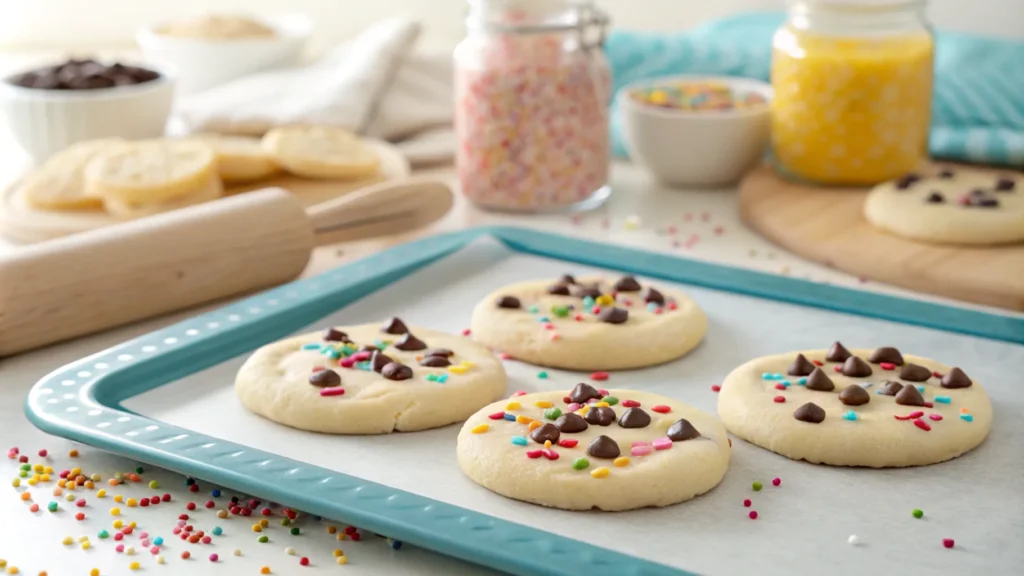
Conclusion
Encouragement to Experiment and Personalize
Baking is both a science and an art, offering plenty of room for creativity. Don’t be afraid to experiment with your Cool Whip cookie recipes. Try adding fun mix-ins like chocolate chips, nuts, or sprinkles to customize your cookies. Adjust baking times or ingredients based on your preferences. If your first batch doesn’t turn out as expected, use what you’ve learned here to tweak the process. Baking is about learning, improving, and having fun along the way.
The Joy of Preparing
There’s something truly satisfying about the process of baking cookies—from mixing the dough to watching them rise perfectly in the oven. Even when Cool Whip cookies turn out flat, baking creates lasting memories and delicious treats. It’s about more than just the final product—it’s about enjoying the experience. So, gather your ingredients, invite friends or family, and let the joy of baking bring warmth and happiness to your kitchen.
By following these tips and embracing the process, you’ll transform cookie mishaps into baking triumphs. Happy baking! 🍪
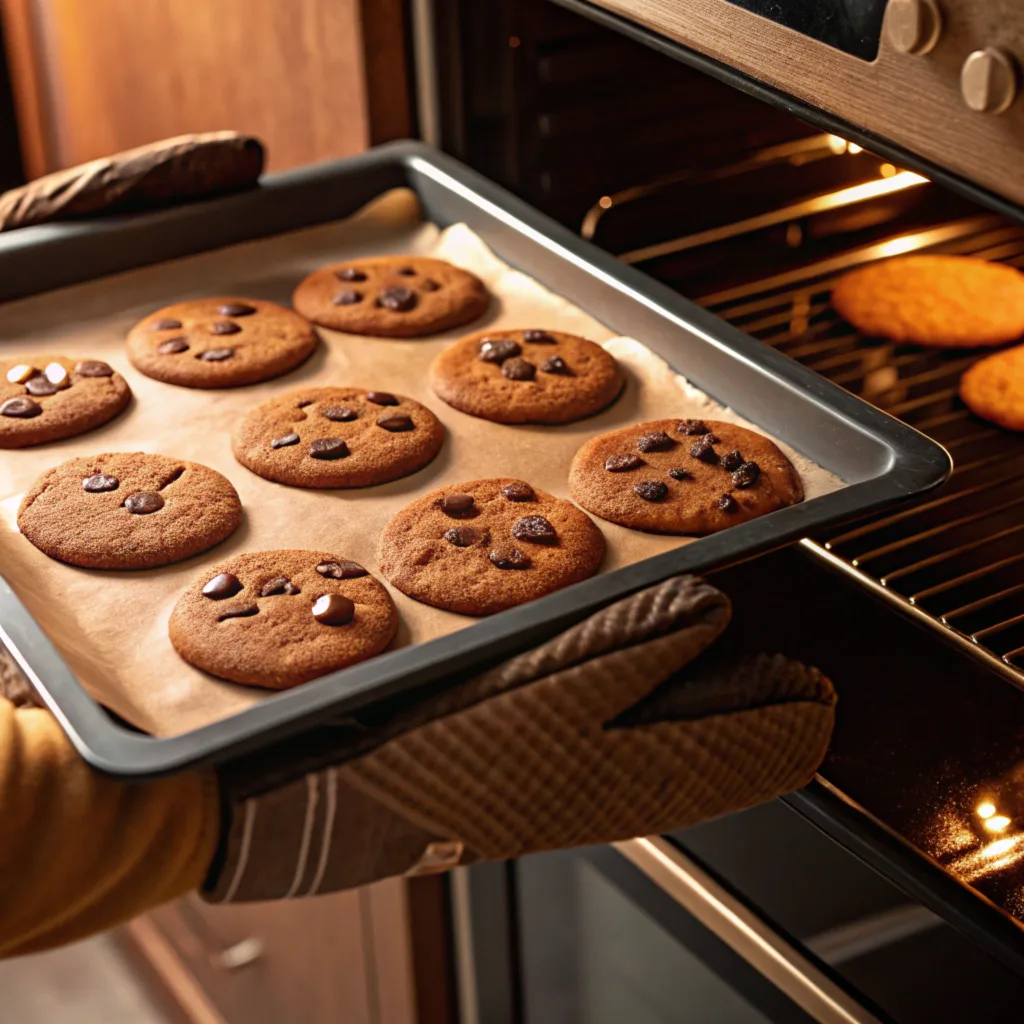

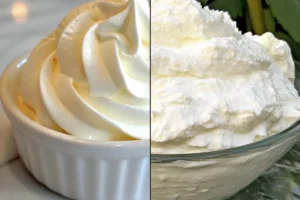
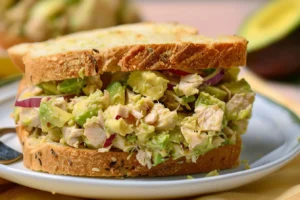
5 thoughts on “Why Did My Cool Whip Cookies Turn Out Flat?”